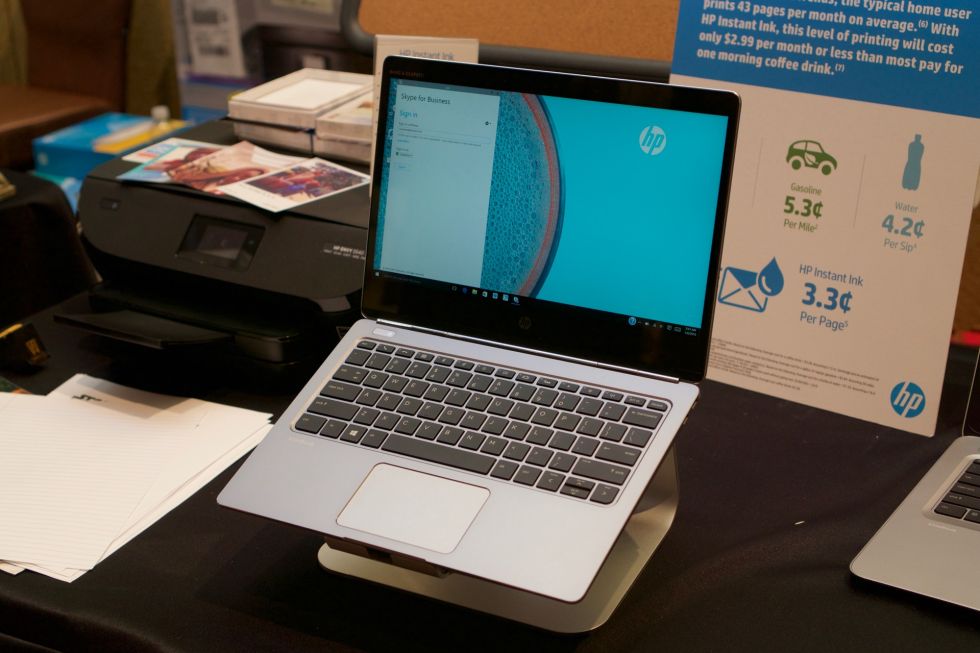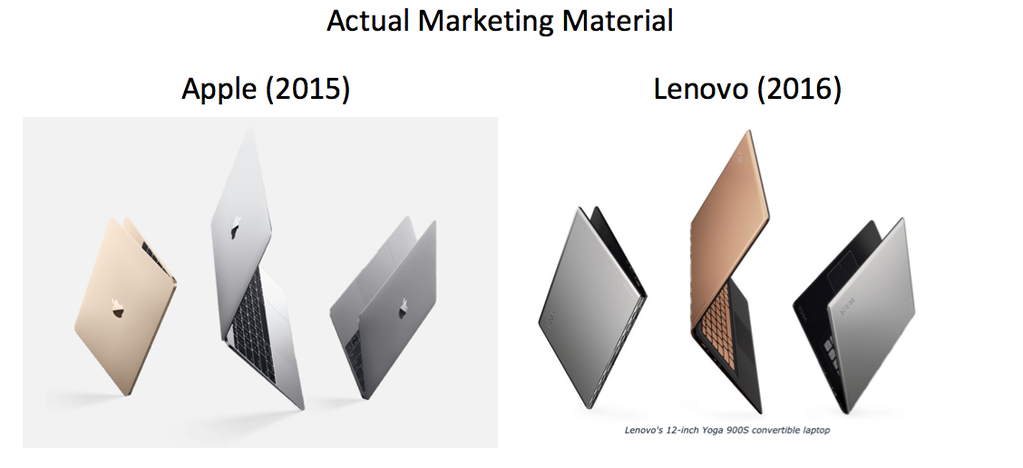Timm Romine responding to Sean Geraghty’s criticisms that Apple has thrown out discoverability and usability in their products:
Sorry, Sean, and Don, and Bruce, but The Future won’t have buttons whose functions can be achieved without buttons, and it definitely won’t look like iOS 6. And you can argue it won’t look like iOS 7–9. But what’s certain, is the future of UI is minimalistic, sleek, simplistic — according to the sci-fi movies we revere.
Back in 2009 I wrote about the future of iconography. I speculated then—and Siri is now showing us now— that the interface of the future is no interface (I’m not suggesting I’m a genius, the writing was on the wall).
Just like learning any new language, learning the language of an interface takes varying degrees and practice before one is accustomed to it.
I’ve been maintaining this blog since 2006 so I’m used to the endless stream of doom-and-gloom pieces on Apple.
We, and Apple, are going to be ok.

